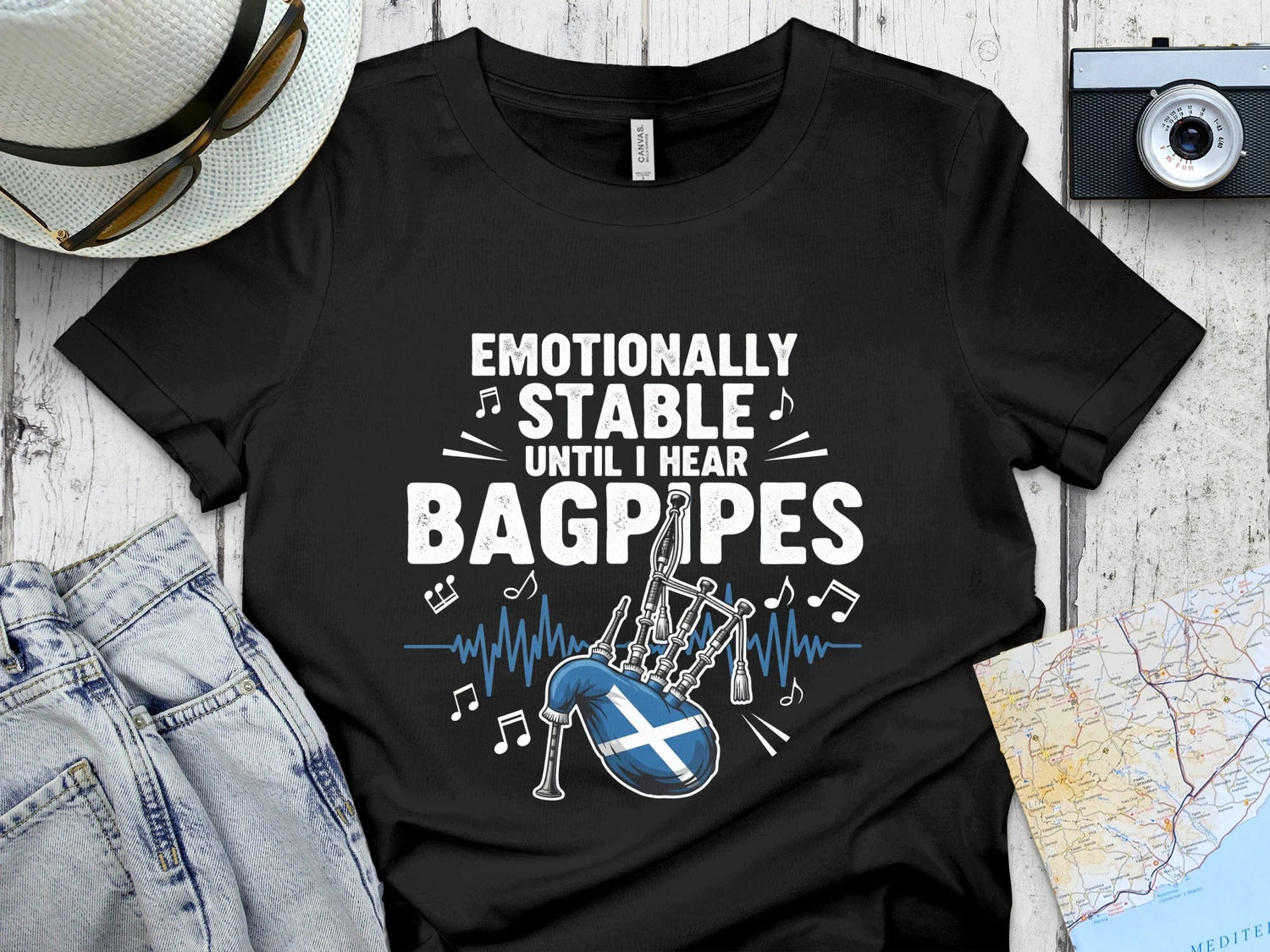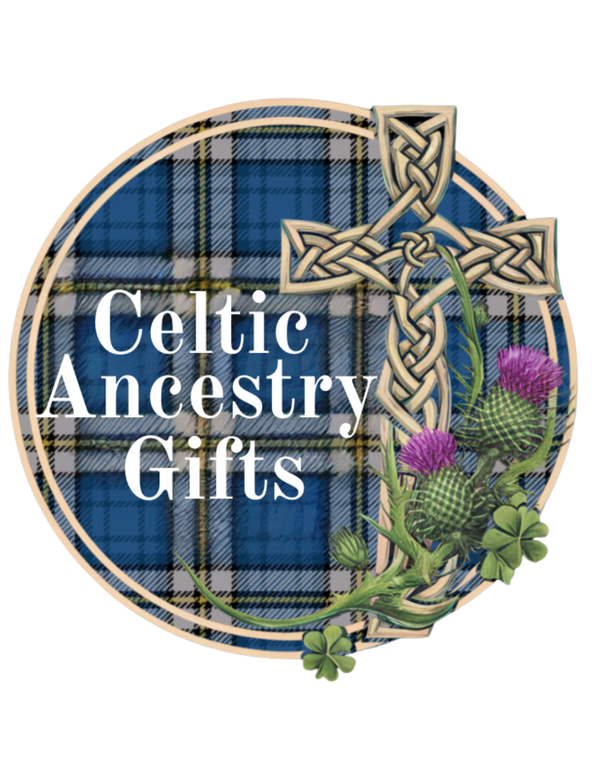
Clan Graham — Warriors of Courage and Keepers of Scotland’s Honour
Share
1️⃣ Introduction
Through centuries of Scottish history, the name Graham has echoed across the glens and battlefields as a symbol of courage, loyalty, and unwavering duty. Few clans have been as prominent in shaping the destiny of the nation. From the early medieval marches of the Scottish border to the noble estates of Perthshire, Clan Graham earned its reputation as one of Scotland’s most steadfast families.
Their motto, Ne oublie — “Do Not Forget” — speaks to the Grahams’ enduring remembrance of their ancestry and service to Scotland. Warriors, lords, and leaders of men, they have stood at the forefront of every great chapter of Scottish history — from Bannockburn to Culloden, and beyond.
This is the story of Clan Graham, a lineage of valour, loyalty, and honour that continues to inspire Scots across the world.
2️⃣ History & Origins
The Norman Connection and Early Scottish Settlement
The Grahams are one of Scotland’s most ancient noble families, with origins reaching back to the early 12th century. Tradition holds that the first Graham to settle in Scotland was William de Graham, a Norman knight who arrived during the reign of King David I (1124–1153).
The name Graham is thought to derive from the English place-name Grantham or possibly from the Old English grāham, meaning “gravelly homestead.” William de Graham received lands in Lothian and later in Aberdeenshire, marking the beginning of the family’s Scottish story.
Over the following generations, the Grahams became one of the most influential baronial families in Scotland, recognized for their loyalty to the Scottish crown and their martial prowess.
The Grahams and the Wars of Independence
During the Wars of Scottish Independence, Clan Graham played a heroic role. The clan’s most celebrated early figure, Sir John de Graham, was a close friend and ally of William Wallace. Sir John fought alongside Wallace at the Battle of Falkirk in 1298, where he fell in combat.
His bravery became legendary — Wallace himself is said to have mourned him deeply, calling him “the worthiest knight in Scotland.” The town of Grahamston near Falkirk was named in his honour, and to this day, his memory symbolizes the clan’s courage and patriotism.
The Grahams of Montrose
In the following centuries, the Grahams rose to the highest ranks of Scottish nobility. The principal line, the Grahams of Montrose, became Earls, Marquesses, and Dukes — powerful lords whose names were written into the very fabric of the nation’s history.
Perhaps the most famous of all was James Graham, 1st Marquess of Montrose (1612–1650) — one of Scotland’s greatest soldiers and one of the most charismatic figures of the 17th century.
A brilliant strategist, Montrose first supported the Covenanters during the Wars of the Three Kingdoms, but later became a loyal champion of King Charles I. Leading a small but fiercely loyal Highland army, Montrose won a string of astonishing victories against far larger forces — a campaign still studied by military historians today.
Though ultimately captured and executed in 1650, Montrose’s courage and chivalry became legend. His name remains synonymous with loyalty and bravery — the embodiment of the Graham spirit.
3️⃣ Spelling Variations & Related Names
The surname Graham has appeared in many spellings over the centuries, influenced by regional accents and linguistic shifts. Common variations include:
-
Graham
-
Graeme
-
Grahame
-
Grame
-
Gramme
The Graeme spelling is particularly associated with the Scottish Lowlands and certain aristocratic branches of the family, while Graham became the standard modern form.
In Gaelic, the name is rendered as Greumach or MacGreumach, meaning “descendant of Graham.” Some Highland families who joined under the Graham banner used these Gaelic forms, particularly in Perthshire and the Central Highlands.
The Grahams have also been historically connected by blood or alliance with:
-
Clan Drummond (through marriage and neighbouring lands in Perthshire)
-
Clan Douglas (during the Wars of Independence)
-
Clan Campbell (as allies and occasional rivals in later centuries)
4️⃣ Landmarks & Regions Associated with Clan Graham
Montrose and the Angus Coast
The Grahams’ most famous seat lies near Montrose, on Scotland’s northeast coast. The title of Earl of Montrose, later elevated to Duke of Montrose, was created for the family in recognition of their loyal service to the crown.
Montrose itself, with its sweeping bay and old burgh charm, remains closely tied to the family name — a place where the sea, land, and lineage converge in harmony.
Mugdock Castle — The Ancient Seat
The original stronghold of the Grahams was Mugdock Castle, located north of Glasgow near Milngavie. Built in the 14th century, it served as the seat of the Earls and Marquesses of Montrose for over 300 years. Its ruins still stand amid the trees, a silent sentinel to centuries of history.
From Mugdock, the Grahams exercised authority across Strathblane, Perthshire, and Angus — a network of influence that rivalled the greatest Scottish houses of the day.
Buchanan Castle and Kincardine
Later, the family established grand estates at Buchanan Castle near Drymen in Stirlingshire, and Kincardine Castle in Perthshire. Both remain associated with the Graham line and their noble descendants.
These lands form the spiritual geography of Clan Graham — stretching from the soft hills of the Lowlands to the rugged Highland edges of Perthshire.
5️⃣ Migration & Modern-Day Presence
The Jacobite Era
Although the Grahams were divided in their loyalties during the Jacobite risings, several members fought for the Stuart cause. The clan’s enduring reputation for courage was upheld on the battlefields of Killiecrankie, Sheriffmuir, and even Culloden, where Graham men fought and fell alongside their Highland allies.
After the failure of the risings, many Grahams faced hardship, but the clan’s noble lines survived and prospered through resilience, diplomacy, and their continued service to Scotland.
The Global Graham Legacy
By the 18th and 19th centuries, Graham families had spread far beyond Scotland. They became merchants, soldiers, and statesmen across the British Empire — settling in Canada, Australia, New Zealand, and the Americas.
Today, the Graham name is found throughout the world, carried proudly by descendants who honour their Scottish roots. From the lochs of Perthshire to the streets of Melbourne and Toronto, the Graham legacy continues.
The Clan Today
The current Duke of Montrose serves as the hereditary chief of Clan Graham. The clan remains vibrant, with an active Clan Graham Society dedicated to preserving its history and traditions.
Gatherings and cultural events take place in Scotland and abroad, uniting Grahams from every corner of the world under their proud banner. Their motto, Ne oublie, still inspires — a reminder that to be a Graham is to remember the past, honour the present, and stand courageously for the future.
6️⃣ Fun Fact
Few families can claim a motto as poignant and enduring as the Grahams: Ne oublie — “Do Not Forget.” Legend tells that it was first spoken by a Graham knight who, mortally wounded on the battlefield, implored his comrades never to forget their duty or their honour.
The clan crest — a falcon preying on a smaller bird — symbolises strength, nobility, and triumph through courage. It reminds every Graham, wherever they may be, that greatness lies not just in victory, but in steadfast spirit.
From Sir John the Brave to the gallant Marquess of Montrose, the Grahams have kept faith with Scotland for over nine centuries — and they have never forgotten.
💚 Search your family name in the search bar above to explore your clan gifts. We offer surname gifts on multiple products like mugs, t-shirts, blankets, ornaments, wall art, phone cases, magnets, flags, and more.

